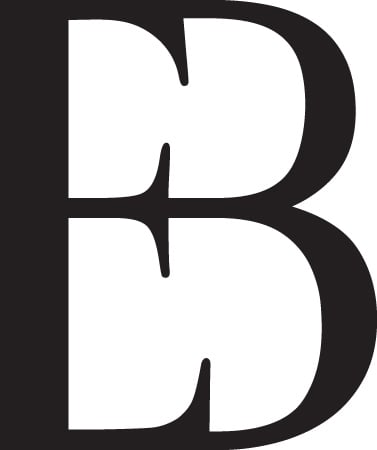A Rolleiflex is a beautifully crafted camera, and holding one is a tactile, almost visceral experience. I purchased this one last year, and ever since I did I'd been leery of the new-old-stock strap that came with her. While it was obviously unused, it was just as obviously dry and brittle, and not trustworthy for the task of carrying such a precious device. When I looked around, I struggled to find just the right strap for this lovely camera, but was uninspired by the ready-made options out there.
I'd been curious about Tap & Dye for a while, because I'm particularly partial to the Horween Chromexel leather that Justin uses on some of his straps. I also try to buy American handmade items wherever possible, and he makes his straps in Brooklyn, NY. When I didn't see a Rolleiflex strap listed on his site I reached out to him to see if he could make one, and sure enough he said it would be no problem. I commissioned a strap in Dark Olive Chromexel with red stitching (the latter at Amanda's request). The strap took about 4 weeks in production and arrived at my door nicely wrapped in a little canvas sack.
In a word, the strap is beautiful. The leather is soft and rich, and is already developing a lovely patina. The olive is really a brown with maybe a hint of greenish notes, and matches my Barbour jackets nicely. The width of the wider neck strap is perfect and comfortable over a long day's carry walking around Washington DC. All of the stitching appears carefully and skillfully executed. The clips work perfectly and appear new (sometimes procuring clips for Rolleiflex camera straps can be a challenge these days!). Justin was also communicative throughout the process, and very helpful. I really can't recommend Tap & Dye enough if you're looking for a quality camera strap.
All images shot by me using a Hasselblad 500c/m and Kodak Ektar 100 film.









